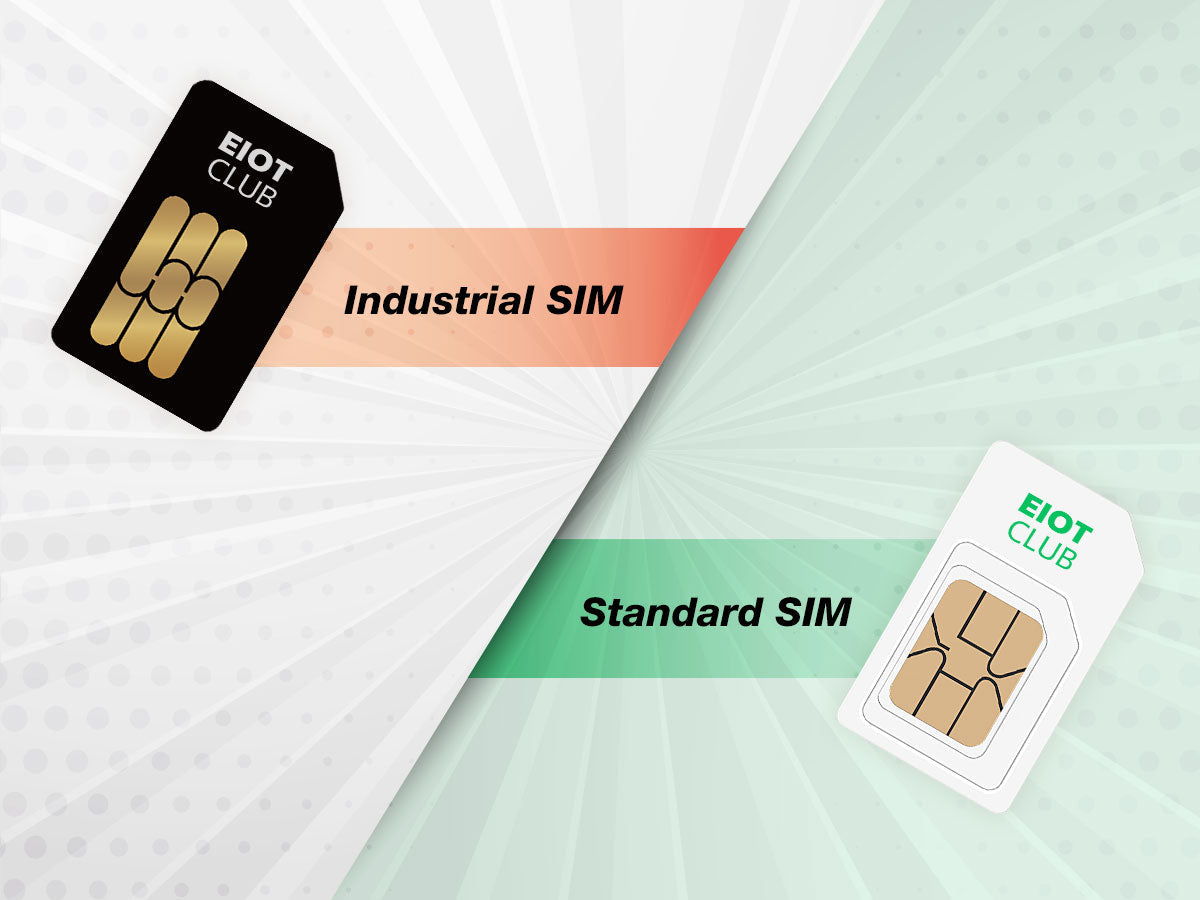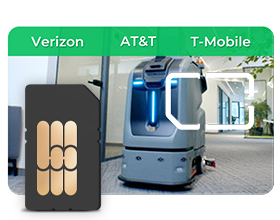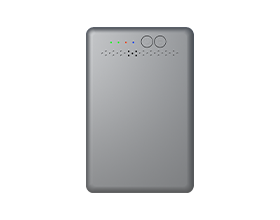What is the Difference Between Standard SIM and Industrial SIM?

Navigation
- What Is Standard SIM Cards?
- What Is Industrial SIM Cards?
- Durability Differences Between Standard SIM and Industrial SIM
- Security Differences Between Standard SIM and Industrial SIM
- Scalability Differences Between Standard SIM and Industrial SIM
- Cost Differences Between Standard SIM and Industrial SIM
Introduction
SIM cards have become ubiquitous in connecting mobile devices to cellular networks. Behind the small plastic card is a chip that securely stores your account information to authenticate your device. However, not all SIM cards are created equal.
Standard SIM cards are designed for typical consumer uses like smartphones and tablets. Industrial SIM cards are engineered for specialized applications in rugged, remote, and large-scale deployments. They diverge in durability, security, scalability, and cost.
This guide will break down the key differences between standard and industrial SIM cards to help you select the right option. Whether you are outfitting consumer devices or an extensive IoT network, understanding these SIM card types is essential.
What Is Standard SIM Cards?
Standard SIM cards are the well-known variety used in cell phones, tablets, and other consumer electronics. Their small, thin, and portable form factor allows easy insertion into devices by end users.
These mass-market SIM cards store user profiles on the embedded chip, allowing account identification and authentication on mobile networks. This connects your device phone number and plan.
They are designed primarily for signing onto consumer networks like AT&T or Vodafone. Standard SIMs also have limited storage, with typical capacities from 16-128kB.
While these characteristics suit daily retail applications, standard SIM cards lack the features needed for large-scale or rugged deployments. Their fragility, security gaps, and limited storage quickly become disadvantages in intense operations.
What Is Industrial SIM Cards?
Industrial or ruggedized SIM cards address the shortcomings of consumer-grade SIMs in mission-critical implementations. They are engineered to withstand extreme environments and constant use.
Made from reinforced materials, industrial SIM cards are highly resistant to dust, moisture, shocks, vibrations, and temperature extremes. Their encapsulated construction secures the chip from hazards.
Built-in encryption enhances data protection and identity management capabilities. Remote provisioning allows flexible account setup and replacement. Higher memory capacities support extensive datasets.
These capabilities equip industrial SIMs for automated usage in smart meters, digital signage, ATMs, healthcare equipment, fleet telematics, and other dedicated systems. The ruggedness provides durability where consumer SIMs would falter.
Durability Differences Between Standard SIM and Industrial SIM
The fragility of standard SIM cards makes them prone to failure in adverse conditions. They lack sufficient waterproofing or dust protection, allowing particle ingress or moisture damage. Their weak casing materials also crack under stress.
In contrast, the reinforced construction of industrial SIM cards is designed to withstand intense environments. Ultrasonic welding seals sensitive components securely inside durable plastics or metals. Protection ratings exceed IP67 for submersion and dust ingress prevention.
Vibration and shock absorption protect industrial SIMs in applications with consistent motion or impact. Elevated temperature ratings ensure operation through baking heat or subzero cold. These ruggedization measures result in low failure rates, maximizing uptime.
This extreme durability allows industrial SIMs to operate reliably for decades. Consumer SIMs in harsh settings would require frequent replacement, driving up costs.
Security Differences Between Standard SIM and Industrial SIM
Standard SIM cards also have vulnerabilities in their data and identity protection capabilities. Weak encryption algorithms leave data open to interception. Physical breaches can expose encryption keys. Remote provisioning is not supported.
Industrial SIMs address these gaps with end-to-end encryption, safeguarding all account data and transmissions. Built-in firewalls block unauthorized access attempts. Cryptographic key generation prevents exposed keys.
Remote provisioning allows flexible and secure over-the-air account setup without physical card access. This enables seamless industrial SIM management at scale. Tamper-evident construction paired with encryption secures identities and thwarts fraudulent use.
For use cases where breaches would be catastrophic, industrial SIM security provides critical protection and control far beyond standard SIMs.
Scalability Differences Between Standard SIM and Industrial SIM
Regarding massive deployments with thousands of devices, standard SIMs demonstrate limited scalability. Their constrained memory caps the dataset sizes that can be stored per account. Physical SIM distribution and setup at a large scale is labor-intensive.
With expanded data storage, industrial SIMs support unlimited data fields for extensive sensor measurements, equipment parameters, and usage logs. Their remote provisioning removes physical barriers to rollout.
Machine-to-machine communication enables fully automated, over-the-air initialization and continued management. This allows a handful of technicians to deploy and maintain millions of connected assets across regions.
These capabilities make industrial SIMs the only practical SIM solution for expansive IoT networks involving automating mining equipment, cross-country pipeline monitoring, and global asset tracking systems.
Cost Differences Between Standard SIM and Industrial SIM
An individual industrial SIM card costs more than a standard SIM. But this greater initial investment pays dividends over years of use before replacement is ever needed.
Total cost of ownership comparisons reveal the industrial SIM has up to a 20% lower annualized cost. Multi-year savings add up thanks to their durability and survivability. There are no costs from production downtimes or replacement labor.
For large deployments, total savings are exponentially greater by avoiding major rollout expenses each time consumer SIMs need swapping out. The scalability and automated management of industrial SIMs provide further efficiencies not feasible with standard SIMs.
Conclusion
While standard SIM cards suffice for typical mobile consumer applications, their limitations quickly emerge in demanding industrial implementations. Standard SIMs cannot withstand the elements or scale efficiently when faced with thousands of devices in hazardous environments.
Industrial SIM cards are purpose-built to excel where consumer-grade SIMs fail. Their ruggedness and reliability ensure uptime and longevity for assets in the field. Enhanced security protects crucial data for enterprises and infrastructure. Scalability enables expansive IoT networks to be deployed and managed with ease.
While carrying a greater upfront investment, the value derived over years of intensive use makes industrial SIMs the smarter choice to save money and headaches down the road. For any application where maximum cellular connection uptime is critical, the rugged resiliency of industrial SIMs is necessary.









































